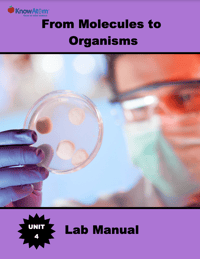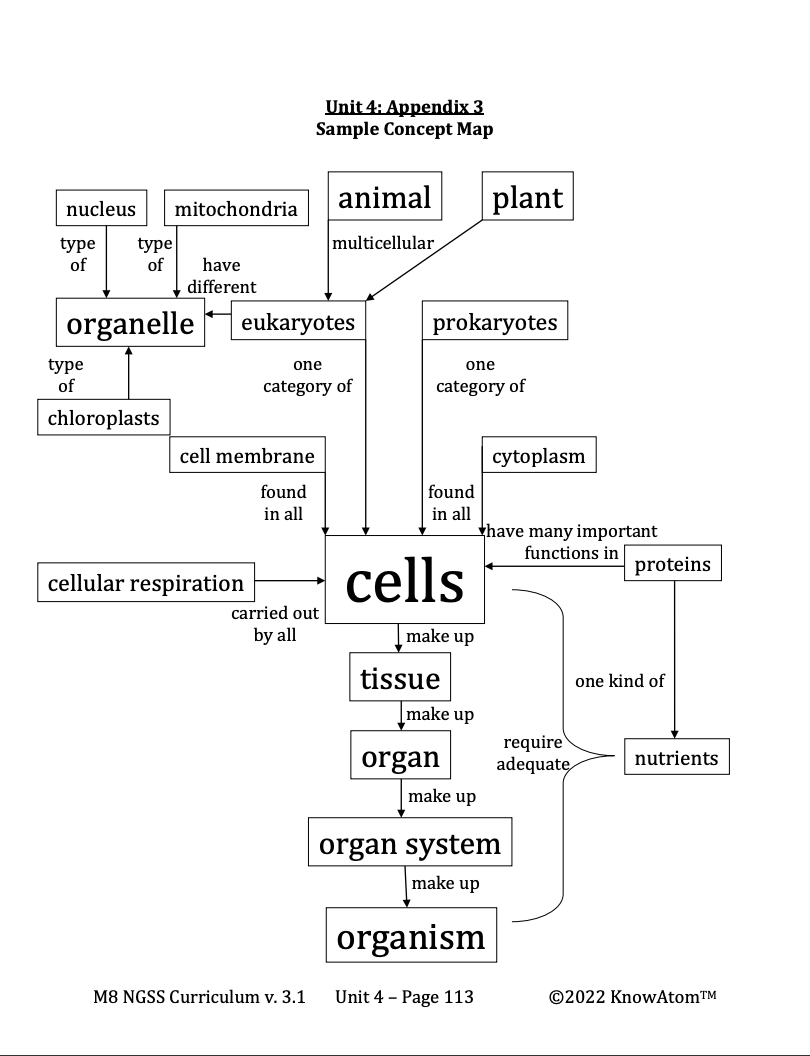Science background gives teachers additional information on the phenomena students explore. Below is an excerpt from this section on sucrose and heart rate.
Human Tissues
There are several reasons that scientists still have a lot of unanswered questions about how the microbes in the human body affect human health. One is the sheer number of microbes in the body. There are different communities of microbes in different parts of the body. For example, the organisms that live in the mouth are completely different from the organisms on your hands or feet. There are various ongoing studies in an effort to document these different groups of microbes.
Another reason that there are still unanswered questions is because the human body is so complex, and each system interacts with and depends on the other systems. Understanding the complexity of the human body begins with the trillions of cells that make it up. In addition to neurons, there are three other categories of cells in the human body: epithelial cells, blood cells, and muscle cells.
- Epithelial tissues are found throughout your body, covering all body surfaces and lining all hollow organs. The cells in epithelial tissue are packed tightly together. Epithelial cells reproduce very quickly because they endure wear and tear. Your mouth is lined with epithelial tissue composed of cheek cells.
- Connective tissues are also found throughout the body and serve to bind structures together and support the body. Connective tissue cells reproduce, but not as quickly as epithelial cells. Blood is an example of connective tissue.
- Muscle tissues are made of cells that can contract (shorten) and relax (lengthen) to move body parts. There are three types of muscle tissue: skeletal, smooth, and cardiac. Humans have 700 muscles.
Organs and Organ Systems
Organs have at least two types of tissues, and some have all four. For example, your heart, which is the size of a closed fist, is the body’s hardest-working organ. Your heart beats approximately 100,000 times every day. To do this, it is packed full of muscle cells forming cardiac muscle tissue, and each cell has several thousand mitochondria. It is also made of epithelial tissue that lines the heart and nervous tissue that controls the heart’s electrical signals so that it beats regularly.
The heart is part of the circulatory system because it is a muscle that pumps blood throughout the body. The heart connects to the aorta, the body’s biggest blood vessel, and other major arteries and veins. Blood vessels are hollow tubes that serve as the body’s highways, circulating blood from the heart to every region in the body and back again. Blood is a liquid connective tissue that travels thousands of miles in blood vessels, carrying nutrients, water, oxygen, and waste products to and from the body’s cells.
Mazmanian and his team have shown that the circulatory system might be one way that microbes in the gut interact with the nervous system. These scientists believe that the gut microbes produce molecules that enter the blood and circulate to regions of the brain where they affect behavior.
Interactions Among Systems
The circulatory system also carries nutrients throughout the body. For example, your digestive system breaks down complex food molecules into single glucose molecules that can be absorbed by cells in the small intestine. These cells transport the molecules into the blood stream so that other cells in the body can use them.
You can sometimes see evidence of how your body systems interact with each other when you eat simple sugars, such as those found in a variety of products, including soft drinks, candy, and cake. Because these foods contain simple sugars such as glucose, they can be absorbed into the bloodstream within minutes, which is much faster than other foods, including more complex sugars, proteins, or fats. Those molecules of glucose are transported into the bloodstream and then carried to muscle or liver cells, where they can be used in cellular respiration to access energy.
The fast absorption of glucose into your bloodstream when you eat sweets causes the levels of glucose in your blood to increase dramatically. This sets off a chain of signals within your body as it tries to balance out the amount of glucose, and one result is sometimes an increased heart rate.










